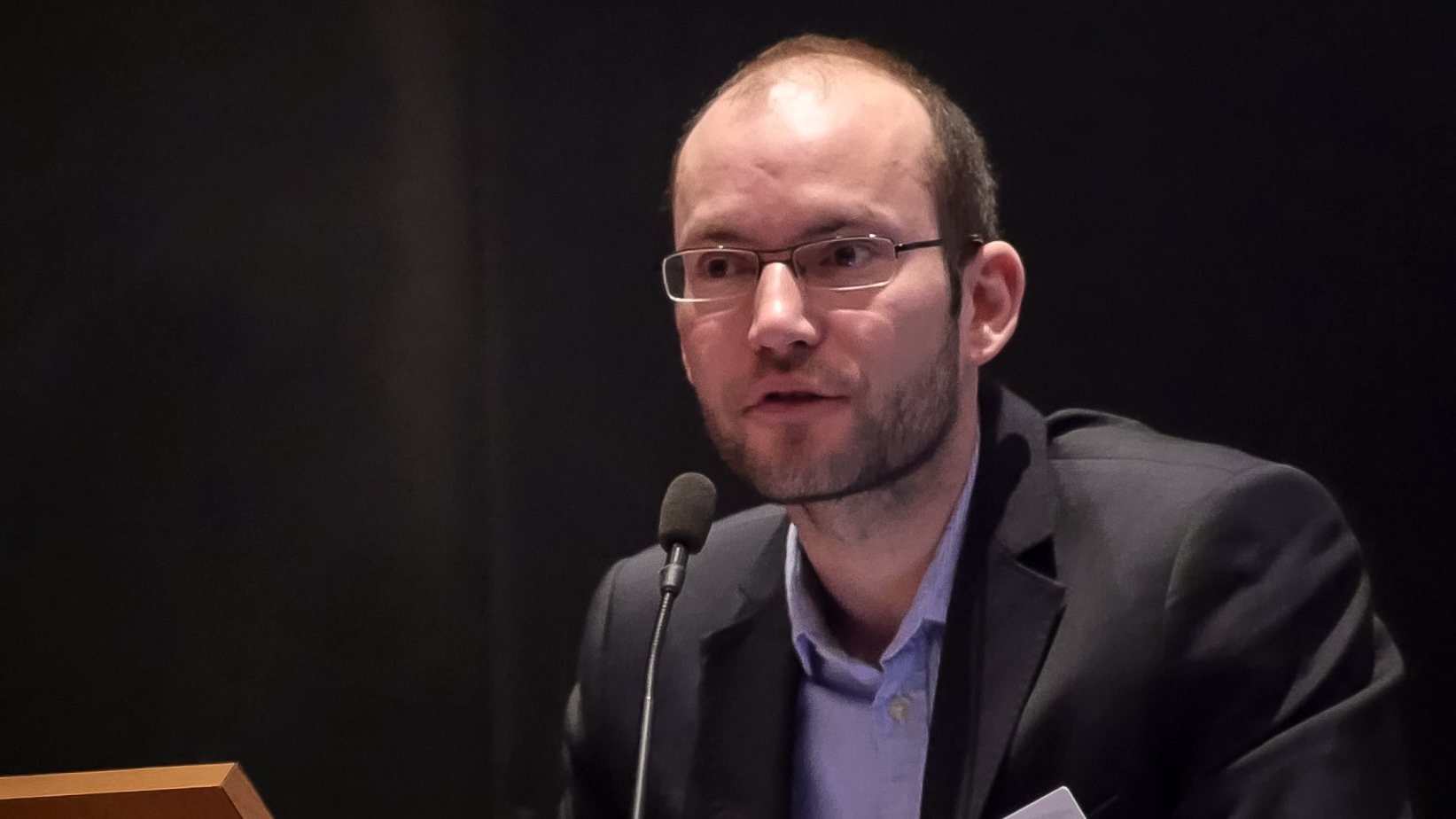Hate crimes are criminal acts committed because of a discriminatory motivation, which makes them different from other crimes. A hate crime is not a specific offence: it can be an act of intimidation, threats, destruction of property, assault, murder or any other criminal act.
The term « hate crime » or « discrimination-based crime » describes a certain type of crime, committed to put pressure on the victim and their community because of their group characteristics. The message conveyed is intended to make victims understand that they are undesirable and thus deny them the right to participate fully in social life. This message of rejection is at the same time addressed to the whole community, and also implies that each of its members can be targeted.
Hate crimes differ from ordinary crimes, not only because of the motive of the perpetrator, but also because of their impact on the victim. The latter is chosen for its membership in a group, which suggests the idea of interchangeability between members of this group.
However, if hate crimes are treated as ordinary crimes, regardless of their particular nature, they are often not adequately addressed. This error manifests itself in different ways: investigators do not believe the victim, or fail to verify the existence of a discriminatory motive; the prosecutor’s office holds charges minimizing the offence.
- Statistical data on hate crimes at the European level
According to a FRA survey published in 2013, in the last five years, 26% of respondents have been assaulted or threatened with violence in their home or outside their home. This rises to 35% for all transgender respondents.
More than half of the respondents (56 per cent) said they were aware that there is a law that prohibits discrimination on the basis of sexual orientation in the country where they live.
Of all respondents who have personally felt discriminated because they are LGBT, 10 % reported to the police the most recent discriminatory incident they faced on the European Level. For harassment cases, the level even drops to 6%. These results are based on a representative European sample of 93,000 people who consider themselves to be LGBT.
2. Statistics on LGBT-phobic acts in France
According to the CVS (« Cadre de vie et sécurité ») victimization survey, conducted every year in France since 2007 among 15,000 households, over the period 2011-2017, anti-LGBT violence has resulted in an average of 6,000 victims each year among persons aged over 14.
Over the same period and within the same population, anti-LGBT threats and insults affected on average 22,000 (twenty-two-thousands) and 160,000 (one-hundred-sixty-thousands) people each year.
For anti-LGBT violence and insults, in nearly 70% of cases the victim is a man. For threats, men also remain the majority at 54%.
A quarter of the victims live in the Paris conurbation, 40% in other conurbations with more than 100,000 inhabitants, and 12% in rural communes.
Finally, the CVS survey notes that the filing of a complaint is a very rare step taken by victims: only 5% of victims of anti-LGBT insults and around 20% of victims of anti-LGBT violence report having gone to the police or gendarmerie. As we can see, France is therefore perfectly aware of the under-reporting of these crimes.
- How to better address anti-LGBT hate crimes ?
One of the reasons cited for under-reporting anti-LGBT hate crimes is the victims’ fear that they will not be taken seriously by the police. Several European countries, including Germany, have set up LGBT liaison officers to monitor LGBT-phobia cases and strengthen links between the police and LGBT communities.








